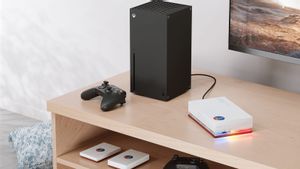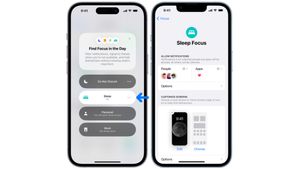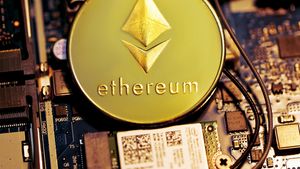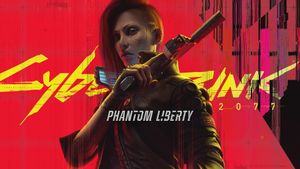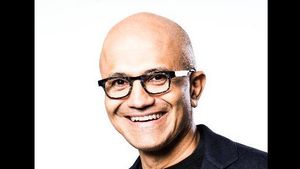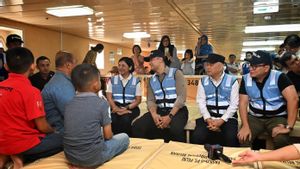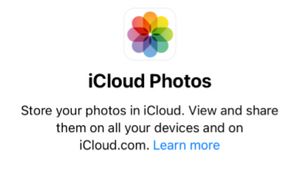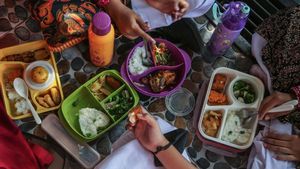Vodafone affirmed its commitment to the Open RAN network by confirming that it will create a dedicated chipset architecture for this developing technology with Intel.
The European operator also announced that it had made its first 4G call using Open RAN on a network site shared with Orange in Romania. They partnered with Nokia to conduct trials of this technology in Italy.
Open RAN allows cellular operators to mix up equipment from various suppliers, which has the potential to increase flexibility.
However, Open RAN's development is still slow, and the market is currently still dominated by company-owned solutions such as Ericsson, Nokia, and Huawei, although Huawei has been hit by government restrictions in several countries, including in the UK.
In 2022, Vodafone agreed to cooperate with US chipmaker Intel to consider its own chip architecture design.
The company's network architecture director, Santiago Tenorio, confirmed that they would jointly create chipsets on their campus in Malaga, Spain.
"These chipsets will be available to smaller third-party vendors to test their algorithms without having to pay huge fees in terms of silicon," Tenorio said at the FYUZ industry event in Madrid.
اقرأ أيضا:
He said the ability to produce silicon designs in the number of trials would significantly accelerate the delivery time of innovation.
"Vodafone network expertise with Intel's silicon architectural design power will enable rapid prototyping, verification and testing, eventually leading to faster mass production of the chips needed by the industry," Tenorio said.
Vodafone and Orange announced on Monday 9 October that they had successfully made 4G calls through a group of sites in rural areas near Bucharest based on Open RAN technology.
The two companies used hardware and software provided by Samsung, Wind River, and Dell in the trial.
In Italy, Vodafone said that trials with Nokia aim to prove that Open RAN Nokia solutions can achieve the same functions and performance as the special RAN built for him.
The English, Chinese, Japanese, Arabic, and French versions are automatically generated by the AI. So there may still be inaccuracies in translating, please always see Indonesian as our main language. (system supported by DigitalSiber.id)



